GE’s blueprint for renewable energy
 |
On the sidelines of the GE Powering Vietnam conference late last month in Hanoi, which attracted over 400 stakeholders in the energy industry, Andres Isaza, vice president and chief commercial officer of GE Renewable Energy, talked with VIR’s Hong Anh about the challenges facing Vietnam in realising this target and how GE is co-operating with the Vietnamese government to overcome them.
Last May, GE entered into an agreement with the Vietnamese government to develop one gigawatt (GW) of wind energy capacity in the country. What is the biggest challenge in realising this plan?
We need to have a power purchasing agreement (PPA) issued by the government that defines the long-term feed-in-tariff (FiT). Once this is clear, banks, investors, and institutions will act based on this tariff. But if there is no PPA, nobody is willing to invest.
We are closely working with the Vietnamese government to issue a PPA with a defined tariff. Once that is in place, we do not see many challenges from institutions in supporting wind power investment in the country.
What priority areas do you think are necessary in this PPA?
The focus is not on the price of the PPA but on the duration, so that all institutions will know the gains before they invest. Now GE is supporting the Vietnamese government to define this PPA. And then the 1GW plan will be within reach.
Putting the PPA aside, what about the connection between wind farms and the national grid?
Our experience shows that the grid connection is the most critical factor. There are countries that made the mistake of building wind farms and then realising later on that there is no grid infrastructure. In the last days of our conversations with Electricity of Vietnam (EVN), we have emphasised that there needs to be a very strong alignment between enhancing the grid connection and wind power generation. Grid connection takes a long time, while renewable energy, like solar and wind power, takes only a short while to start and then it grows very fast. So we are concerned that there is a gap between the speed with which wind and solar power can grow and the speed with which the connection will be available.
We are encouraging EVN to pay more attention to grid connection, so that the grid connection will be ready to accommodate wind farms once the PPA is available. In this regard it is essential to understand that the grid connection is a pillar for sustainable renewable energy production in Vietnam.
What has GE proposed to the Vietnamese government to develop the connection network in order to facilitate the country’s wind power development plan?
In our consultancy, we are striving to make sure that the two things go parallel. And we are making every effort to secure funding both for the short interconnection and the national grid interconnection.
For the short connection from the wind farm up to certain number of kilometres, the financing will be part of the financing for the wind farm. For the national grid interconnection, for example north-south, there’s also a financing effort undertaken to make sure we support this backbone.
So two parts: short interconnection will be incorporated into the wind farm financing plan and the large interconnection is part of the financing plan with EVN.
It looks like renewable energy production requires a lot of investment – not only into the plant but also the grid. Many investors have also said that the current FiT of 7.8 US cents per kilowatt-hour (kWh) in Vietnam is too low. Is renewable energy competitive?
In the last 10 years, there has been an annual average 6 per cent drop in the global price of renewable energy. This is why renewable energy is both competitive and sustainable.
In many countries in Europe, Latin America, the Middle East, and Southeast Asia, at the beginning the government supported the growth of renewable energy with subsidies – but once it achieves a certain scale, it can live on by itself. This is what we have learnt in many countries in the past 10 years, and we are now seeing larger and larger projects coming to the market.
As to the FiT, it depends on the natural conditions in each country and region. An FiT that is suitable in one country may not work in another.
Besides the FiT, financing is another major problem for investors in wind power. Regarding financing, there have been changes in the Trump administration’s policies towards climate change. Since GE is a US company, do you think this will pose a challenge to financing new green projects around the world, including in Vietnam?
Actually, we can almost say the opposite. In the US, we have had great success in renewable energy production. We believe that in the US and in other parts of the world, the renewable energy industry will not need any more subsidies or special treatment.
From a financing point-of-view, we do not rely on any US institution. We tap into the funds of global institutions to achieve financial support for Vietnam. It is not overly US-related. So we do not see any specific correlation between US policies and what we can do in Vietnam for renewable energy.
| RELATED CONTENTS: | |
| GE’s energy ecosystem supports sustainability | |
What the stars mean:
★ Poor ★ ★ Promising ★★★ Good ★★★★ Very good ★★★★★ Exceptional
Latest News
More News
- Addressing Vietnam's energy challenges with aeroderivative gas turbines (February 28, 2023 | 09:33)
- How to sprint ahead in 2023’s worldwide energy priorities (February 08, 2023 | 13:55)
- Boosting Vietnam's grid stability through gas turbine technology (November 22, 2022 | 20:02)
- Healthcare trio collaborates to provide thousands of free breast scans (October 27, 2022 | 17:19)
- GE Healthcare's vision for AI-backed radiology (September 29, 2022 | 11:53)
- GE brand trio to shape the future of key industries (July 19, 2022 | 15:35)
- GE unveiling brand names and defining future (July 19, 2022 | 15:16)
- GE: the shortest route towards sustainability (July 18, 2022 | 08:00)
- Be proactive in an uncertain world (May 20, 2022 | 11:40)
- GE secures first 9HA combined cycle power plant order in Vietnam (May 16, 2022 | 17:06)




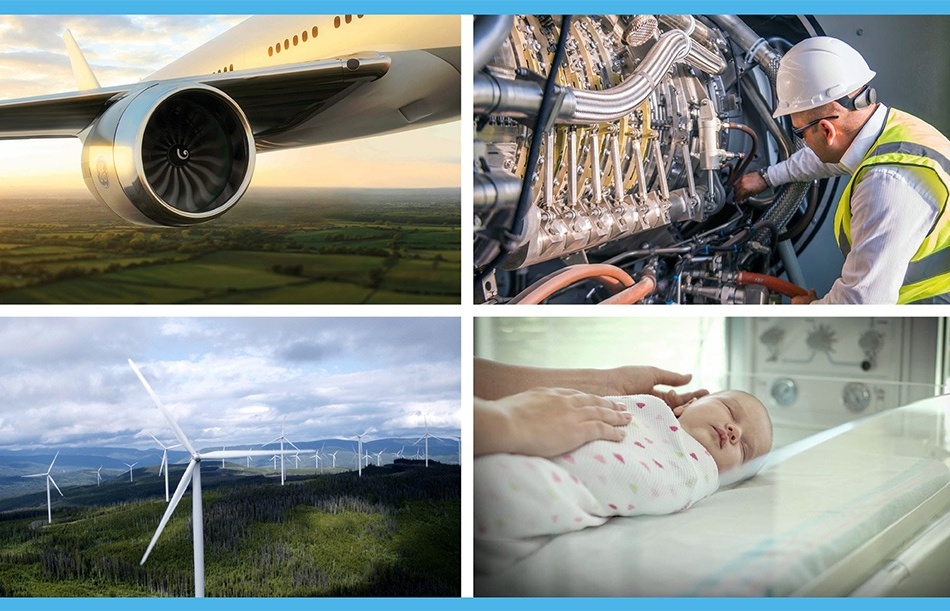
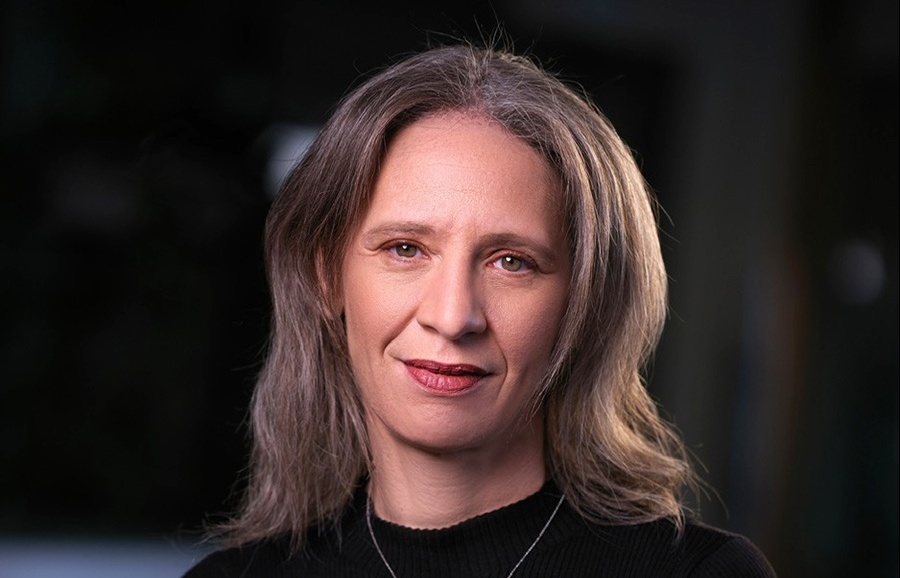
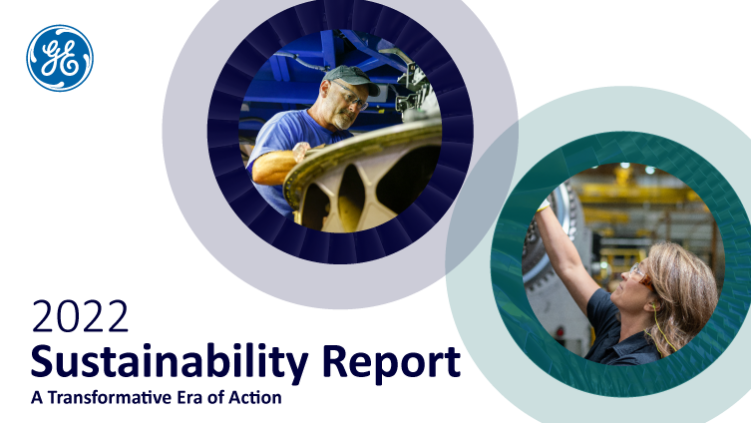
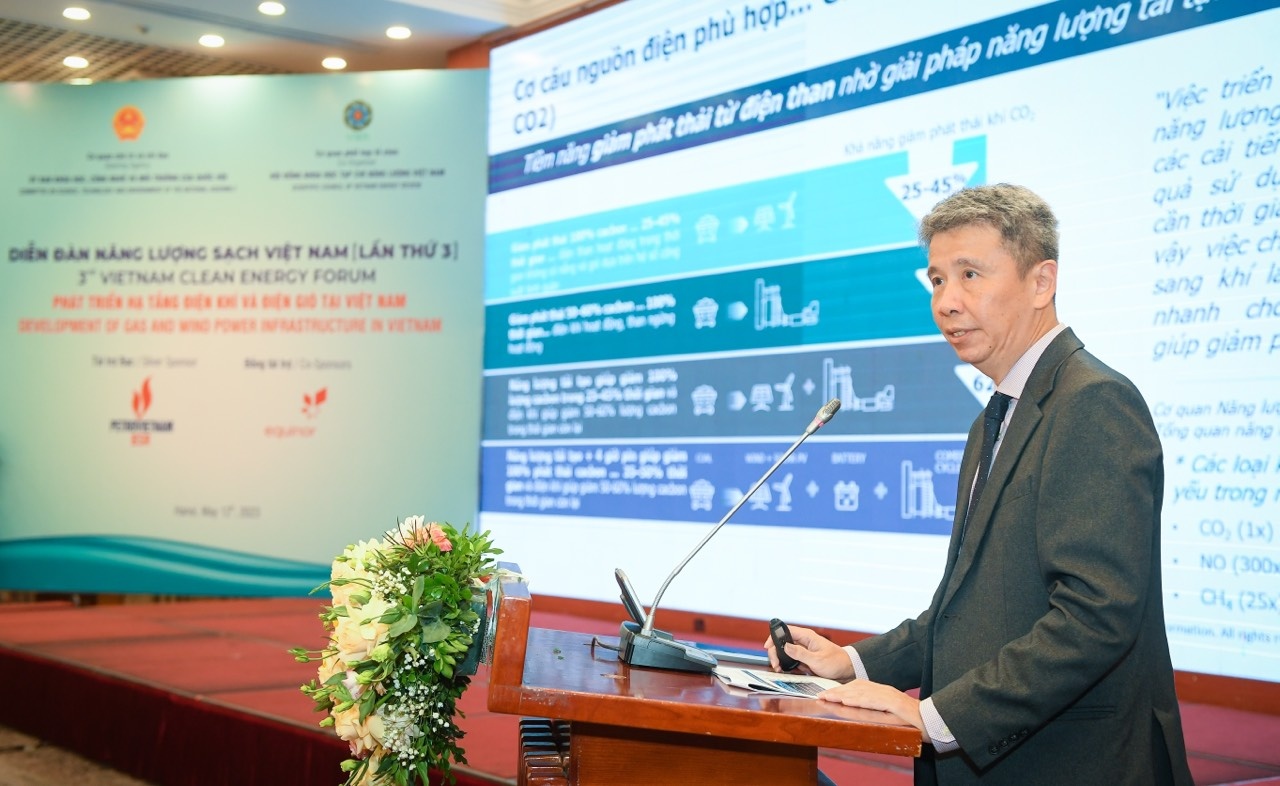
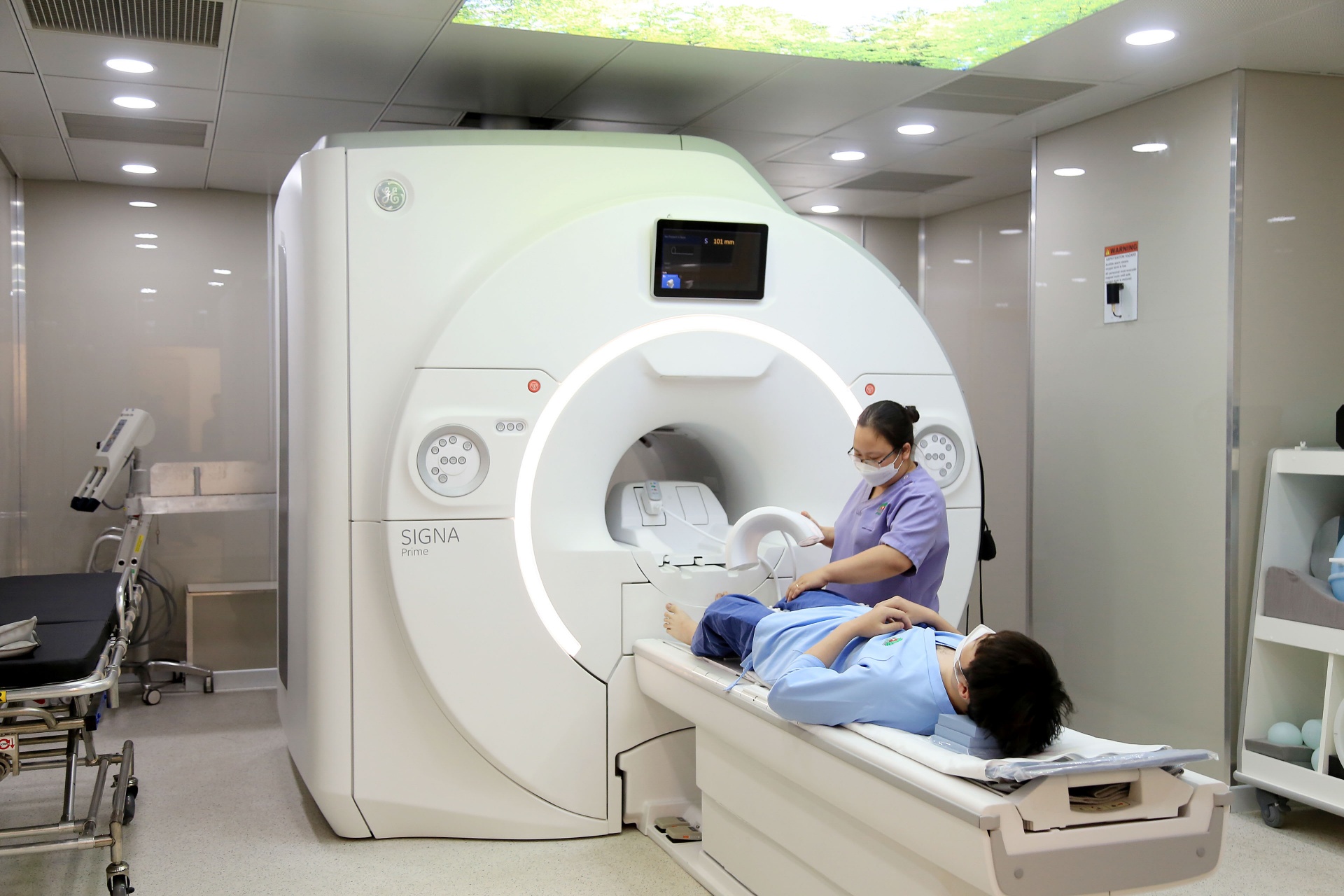
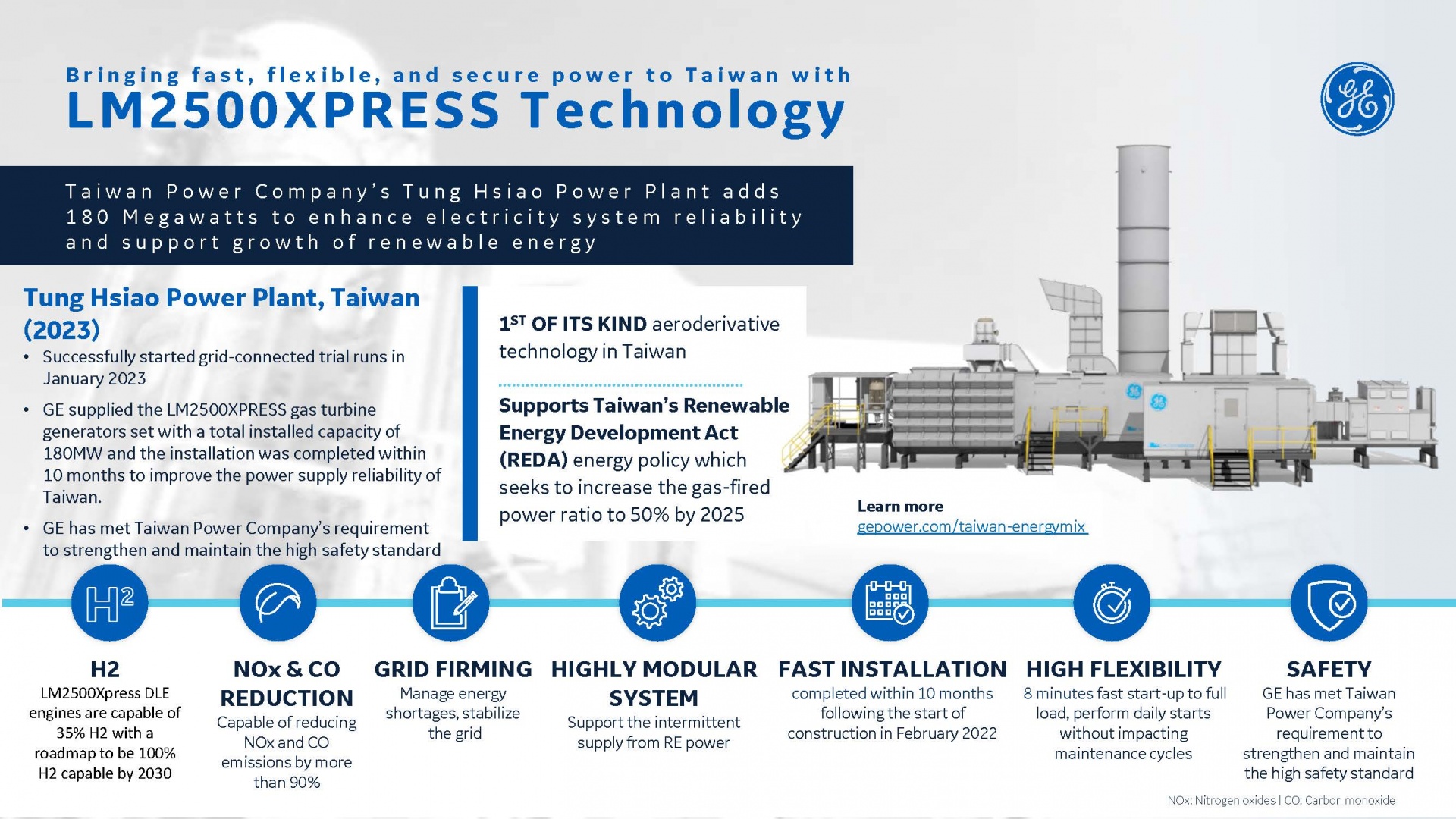


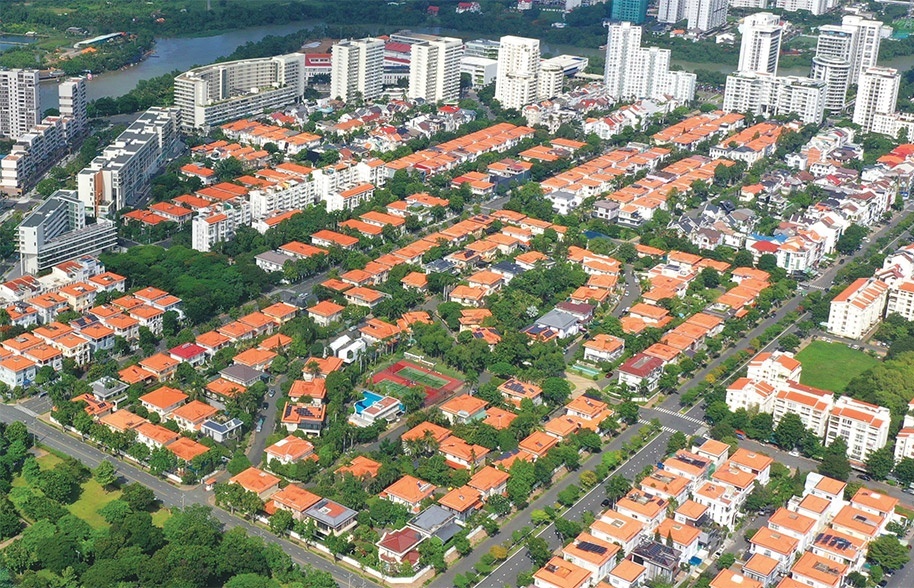

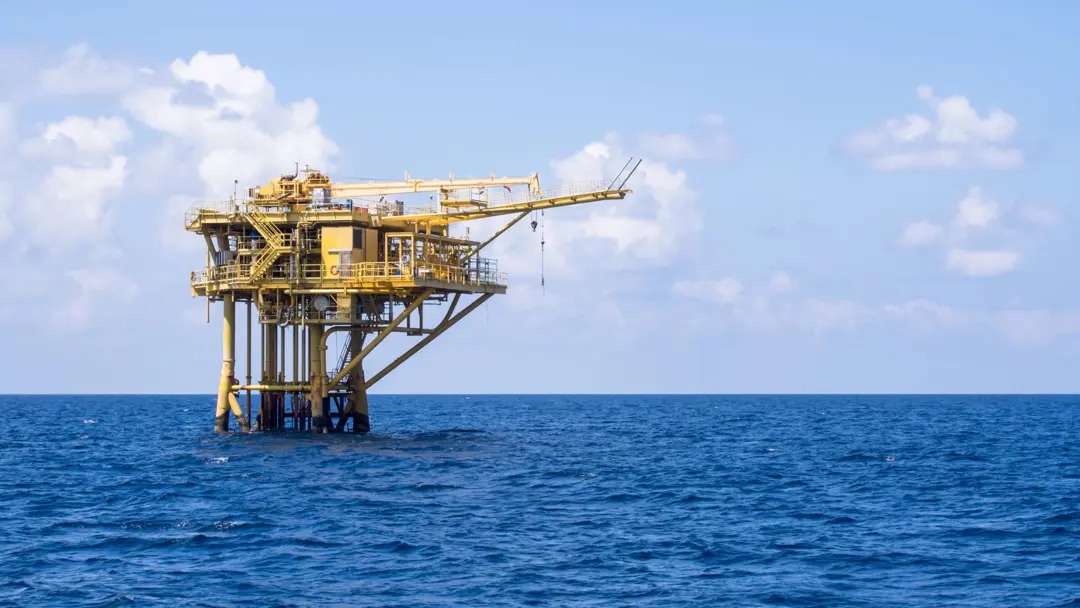



 Mobile Version
Mobile Version